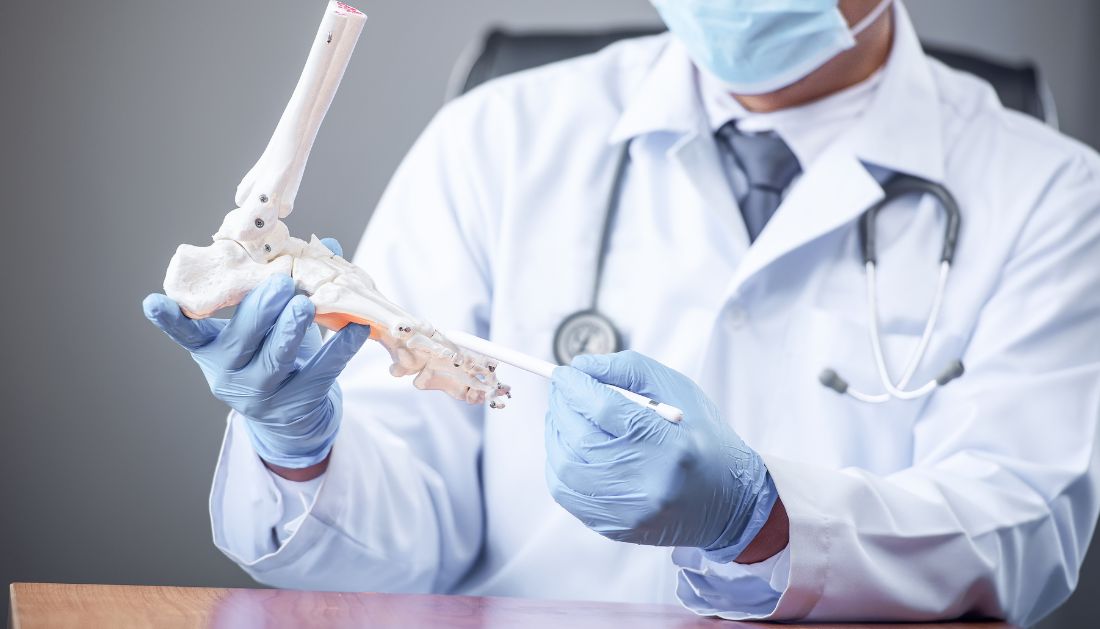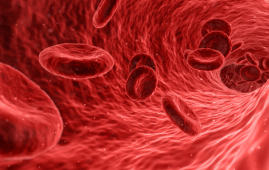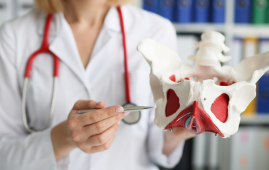

A new study reveals that lipid accumulation product (LAP), a novel indicator of central fat, may serve as an early warning marker for declining bone health.
Osteoporosis remains a major global health concern, especially for adults over 50, with more than 158 million affected worldwide. While obesity and bone health have long been intertwined, traditional obesity markers like BMI and waist circumference have shown limited predictive value for bone mineral density (BMD). A new approach—lipid accumulation product (LAP)—may hold the key to more accurate risk assessment.
Understanding Lipid Accumulation Product and Its Importance
LAP combines serum triglyceride levels and waist circumference into a single metric. It’s already associated with health risks like insulin resistance and metabolic syndrome. However, its connection with bone health, specifically lumbar spine BMD, has remained unexplored—until now.
Researchers analyzed data from 3,883 participants in the U.S. NHANES survey (2011–2018). The aim was to uncover a potential link between LAP and lumbar BMD using statistical modeling, including subgroup and interaction analysis.
Key Findings: LAP and BMD Show a Threshold Relationship
Results revealed a non-linear negative relationship between LAP and lumbar BMD. Notably, the association only became significant once LAP passed a critical threshold (ln-LAP ≈ 2.85). Below this threshold, no meaningful relationship was detected.
Even more compelling: this relationship remained consistent across age, gender, ethnicity, and health status, indicating that the LAP-BMD link is robust and generalizable.
Clinical Implications: LAP as an Osteoporosis Predictor
These findings offer promising implications for healthcare professionals. By incorporating LAP into routine screening, clinicians might be able to identify early signs of bone loss before clinical symptoms appear. This could lead to earlier interventions, slowing or even preventing the progression to osteoporosis.
However, as the study authors note, further longitudinal research is needed to determine causality and extend findings to other bone sites such as the femur.
Conclusion: Monitoring LAP for Better Bone Health
This groundbreaking study supports the clinical utility of LAP as a bioindicator for osteoporosis risk, particularly in younger adults. As we confront rising rates of both obesity and osteoporosis, such predictive tools could be transformative in shaping future prevention strategies.
By integrating LAP measurement into preventive health checkups, clinicians could unlock a proactive pathway to preserving skeletal strength—and reducing long-term fracture risk.
For more information: Cui, A., Zhuang, Y., Wei, X. et al. The association between lipid accumulation products and bone mineral density in U.S. Adults, a nationally representative cross-sectional study. Sci Rep 15, 16373 (2025), DOI: 10.1038/s41598-025-00833-6, https://www.nature.com/articles/s41598-025-00833-6
more recommended stories
 Fat-Regulating Enzyme Offers New Target for Obesity
Fat-Regulating Enzyme Offers New Target for ObesityKey Highlights (Quick Summary) Researchers identified.
 Spatial Computing Explains How Brain Organizes Cognition
Spatial Computing Explains How Brain Organizes CognitionKey Takeaways (Quick Summary) MIT researchers.
 Gestational Diabetes Risk Identified by Blood Metabolites
Gestational Diabetes Risk Identified by Blood MetabolitesKey Takeaways (Quick Summary for Clinicians).
 Phage Therapy Study Reveals RNA-Based Infection Control
Phage Therapy Study Reveals RNA-Based Infection ControlKey Takeaways (Quick Summary) Researchers uncovered.
 Pelvic Floor Disorders: Treatable Yet Often Ignored
Pelvic Floor Disorders: Treatable Yet Often IgnoredKey Takeaways (Quick Summary) Pelvic floor.
 Urine-Based microRNA Aging Clock Predicts Biological Age
Urine-Based microRNA Aging Clock Predicts Biological AgeKey Takeaways (Quick Summary) Researchers developed.
 Circadian Control of Neutrophils in Myocardial Infarction
Circadian Control of Neutrophils in Myocardial InfarctionKey Takeaways for HCPs Neutrophil activity.
 E-Cigarette Use and Heart Attack Risk in Former Smokers
E-Cigarette Use and Heart Attack Risk in Former SmokersKey Takeaways for Clinicians and Nurses.
 36-Week Pre-eclampsia Screening May Reduce Term Risk
36-Week Pre-eclampsia Screening May Reduce Term RiskA New Preventive Strategy for Term.
 Cardiovascular Risk and Sudden Cardiac Death in Diabetes
Cardiovascular Risk and Sudden Cardiac Death in DiabetesRising Sudden Cardiac Death (SCD) Risk.

Leave a Comment